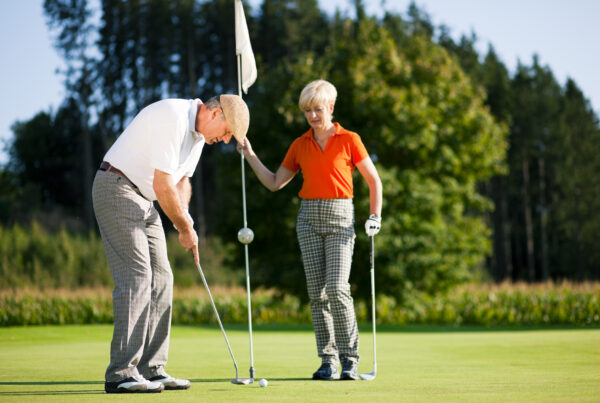Acupuncture involves the insertion of very thin needles through your skin at strategic points on your body. Acupuncture, a key component of traditional Chinese medicine, is most commonly used to treat pain. Additionally, it is being used for overall wellness, including stress management.
In contrast, many Western practitioners view the acupuncture points as places to stimulate nerves, muscles and connective tissue. These practitioners believe that this stimulation boosts your body’s natural painkillers.
What Health Conditions Can Acupuncture Treat?
In 1979 the World Health Organization (WHO) published the following list of common conditions proven to respond to TCM Acupuncture. Today the list is even longer.
Mental-Emotional:
Anxiety
Depression
Stress
Insomnia
Upper Respiratory Tract:
Acute sinusitis
Acute rhinitis
Common Cold
Acute Tonsillitis
Respiratory System:
Acute bronchitis
Bronchial asthma (most effective in children and in patients without complicating diseases)
Disorders of the eye:
Acute conjunctivitis
Central retinitis
Myopia (in children)
Cataract (without complications)
Disorders of the mouth:
Toothache, post extraction pain
Gingivitis
Acute and chronic pharyngitis
Gastro-intestinal disorders:
Spasms of the esophagus and cardia
Hiccough
Gastroptosis
Acute and chronic gastritis
Gastric hyperacidity
Chronic duodenal ulcer (pain relief)
Acute duodenal ulcer (without complications)
Acute and chronic colitis
Acute bacillary dysentery
Constipation
Diarrhea
Paralytic ileus
Neurological and Musculo-skeletal Disorders:
Headache and migraine
Trigeminal neuralgia (TMJ)
Facial palsy (early stage, i.e., within six months)
Paresis following a stroke
Peripheral neuropathies
Sequelae of poliomyelitis (early sage i.e., within six months)
Meniere’s disease
Neurogenic bladder dysfunction
Nocturnal enuresis (bedwetting)
Intercostal neuralgia
Cervicobrachial syndrome
“Frozen shoulder”, “Tennis elbow”
Sciatica
Low-back pain
Osteoarthritis
Today’s science shows Acupuncture can also be used effectively in:
Neuropathy
Peripheral Neuropathy
Diabetic Neuropathy
Fertility
Addiction
Adverse reactions to radiotherapy and chemotherapy
Allergies
Blood pressure problems
Sexual dysfunction (low libido, erectile dysfunction)
Breech position in pregnancy
Induction of labor
Rheumatoid arthritis
What Can You Expect from Acupuncture Treatment
Each acupuncturist has a unique style, often blending aspects of Eastern and Western approaches to medicine. To determine the type of acupuncture treatment that will help you the most, your practitioner may ask you about your symptoms, behaviors and lifestyle. They may also closely examine:
- The parts of your body that are painful
- The shape, coating and color of your tongue
- The color of your face
- The strength, rhythm and quality of the pulse in your wrist
An acupuncture session may take up to 60 minutes, although some appointments may be much shorter. A common treatment plan for a single condition would typically involve one or two treatments a week. The number of treatments will depend on the condition being treated and its severity.
During the procedure
Acupuncture points are situated throughout the body. Sometimes the appropriate points are a distance from the area of your pain. Your acupuncturist will tell you the general site of the planned treatment and whether you need to remove any clothing. A gown, towel or sheet will be provided. You lie on a padded table for the treatment, which involves:
Needle insertion. Acupuncture needles are inserted to various depths at strategic points on your body. The needles are very thin, so insertion usually causes little discomfort. People often don’t feel them inserted at all. A typical treatment uses 5 to 20 needles. You may feel a mild aching sensation when a needle reaches the correct depth.
Needle manipulation. Your practitioner may gently move or twirl the needles after placement or apply heat or mild electrical pulses to the needles.
Needle removal. In most cases, the needles remain in place for 10 to 15 minutes while you lie still and relax. There is usually no discomfort when the needles are removed.
After the procedure
Some people feel relaxed and others feel energized after an acupuncture treatment. Improvement in symptoms greatly depends on how long a person has been managing their symptoms. Those individuals who have only been experiencing symptoms for a few weeks or months, they may feel relief after just a few weeks of acupuncture treatments. Those who have been managing their symptoms for 5, 10, or even more years, they will most likely need a longer treatment period before they see improvements.
Results
The benefits of acupuncture are sometimes difficult to measure, but many people find it helpful as a means to reduce a variety of conditions.
Acupuncture has very few side effects and is worth looking into for whatever health challenges you are experiencing.






